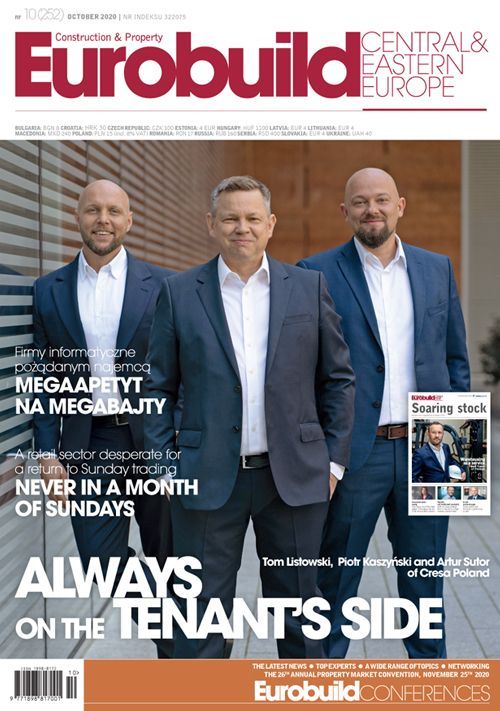In fact, they ended up writing about little else. Not that I’m criticising them for doing so, because as I write this I’m faced with the same dilemma: how can I write an opinion piece without adding to all the endless contagion-related copy out there? This is a lot harder than it seems – especially in an industry like real estate, where the pandemic has impacted almost everything. So is there anything else going in the world that’s sort of real estate related and that’s been unaffected? Sport? Well, that’s clearly a bad example. But I could talk about the impact on how sports facilities are being used instead of the usual property sectors. And in doing so I promise not to mention the C-word (not the sweary one, the one that ends in ‘19’) even once.
Let’s start with football. I’m sure you’re all glad to have football finally back on our screens again a whole long week after the last season ended – when the final of































































